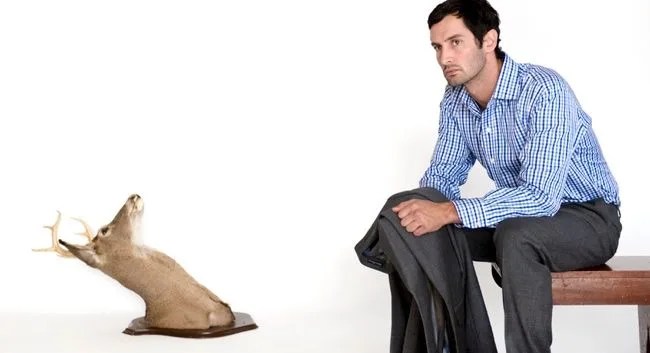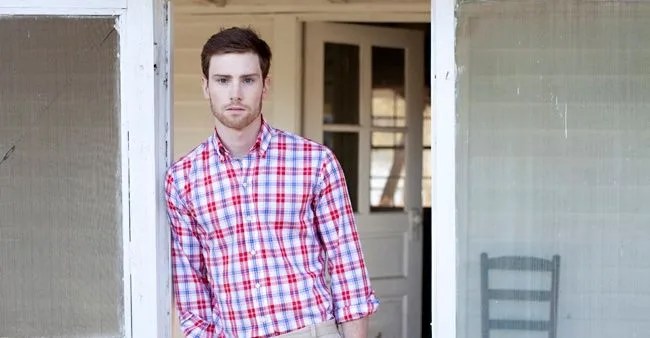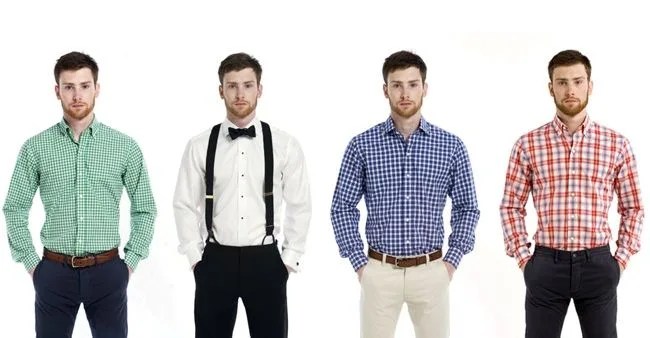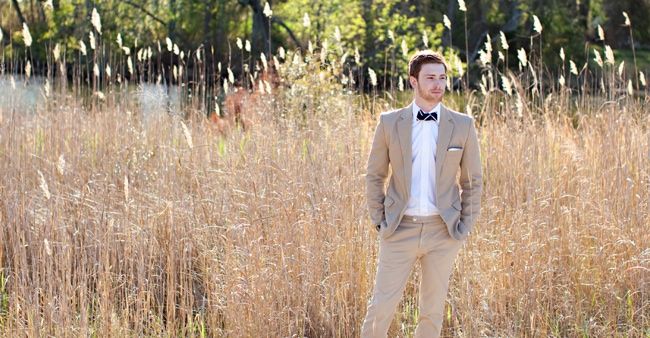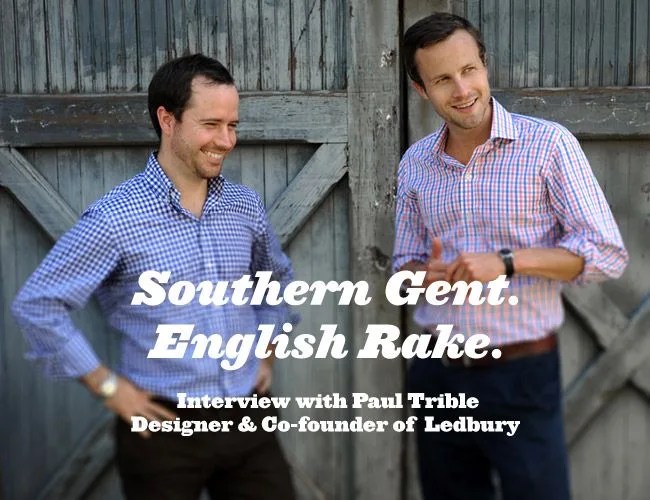 Ledbury
LedburySouthern gentleman. English rake. Paul Trible is the consummate man about town. Designer and co-founder of Richmond-based Ledbury, Trible draws on his transatlantic roots to make the ultimate refined-yet-modern shirt. Read about how that happens after the jump.
Gear Patrol: Five things you can’t live without.
Paul Trible: Family, friends, good music, travel, shirts.
GP: You’ve had a tempestuous relationship with finance. Tell me a bit about it.
PT: Absolutely. It’s been an interesting one. Originally when I graduated from university, I almost went to law school, but ended up not doing that last second when I got involved with a non-profit called Operation Smile. Later I went to business school and got involved with some finance work through that. Anyways, I graduated from business school literally the day before Lehman brothers went down. So we were all a little bit panicked, and the job I had in finance disappeared very quickly, as it did for about 20,000 other people who were in London. At that point, the finance career evaporated in front of me, at least for the time being. But that gave me a chance to say, “What’s next?” and that’s how we ended up stumbling upon the shirt business.
